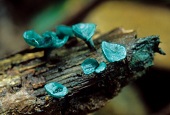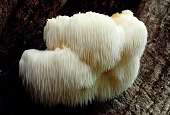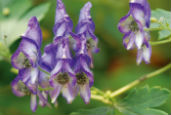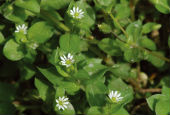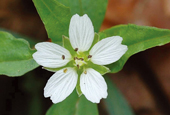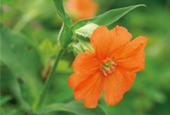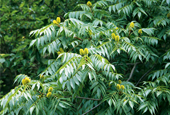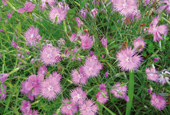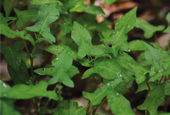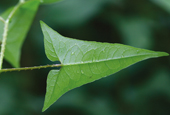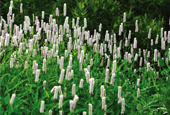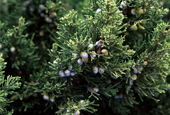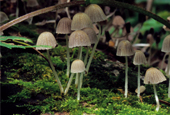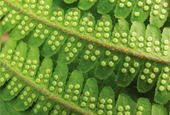View this article in another language
- 한국어
- English
- 日本語
- 中文
- العربية
- Español
- Français
- Deutsch
- Pусский
- Tiếng Việt
- Indonesian
Flora & Fauna of Korea #22
Korea.net publishes a series of articles, “Nature You Meet in the Mountains,” about the peninsula’s mushrooms, insects, trees and herbs & flowers.
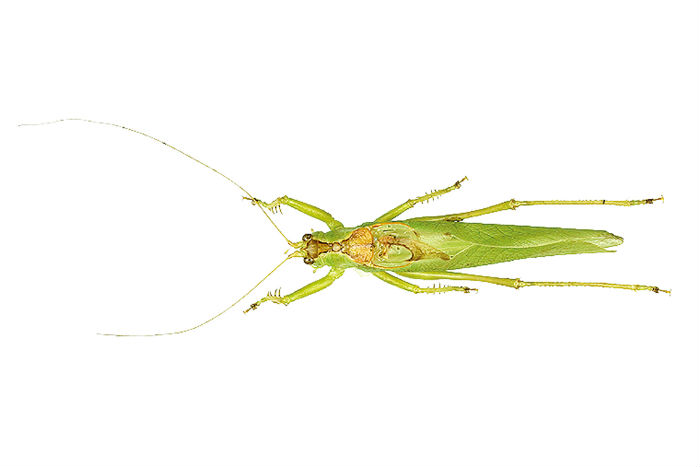
Insects
Name: 베짱이, Bejjangi
Scientific name: Hexacentrus unicolor Serville
Distribution: Korea, Japan
This grasshopper is about 30 to 36 millimeters long. It is light green. The top of the head stands out and gets relatively flatter toward the end. The head and the back are light brown. The front thorax is round and saddle-shaped. The center is light brown and gets wider toward the back. The length of the forewings surpass the tip of the "knuckles" of the hind legs. The central part of the forewings is wide, while it gets more slender, yet round, toward the end. The tympanal organs are large and brown. The resonator is round and light brown. The supercilium, a part of an insect roughly equivalent to a human's eyebrow, is short, bold and bends inward, getting more slender as it goes. The ovipositor is longer than the length of the head and the frontal thorax combined. In all, this grasshopper is straightforward and shaped like a sword.
Ecology: It can normally be observed in fields and grass. Adults appear between September and October. They are nocturnal carnivores, preying on other insects.
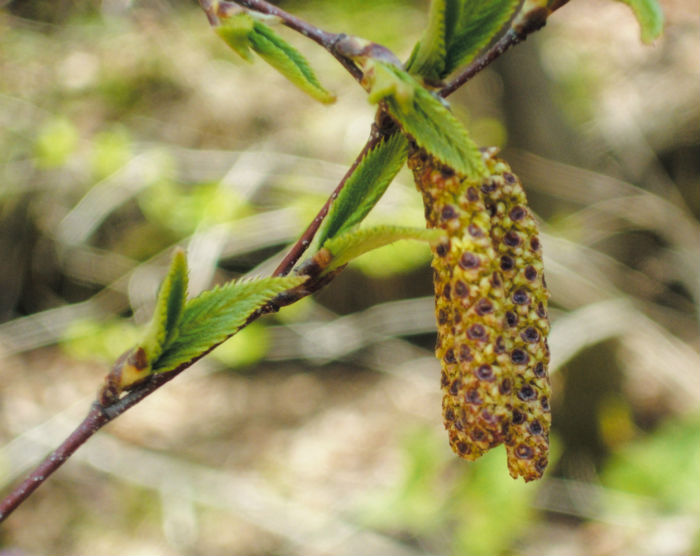
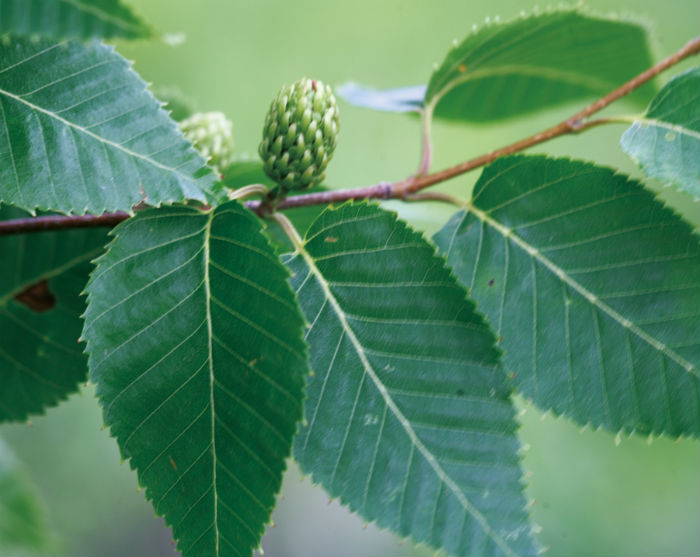
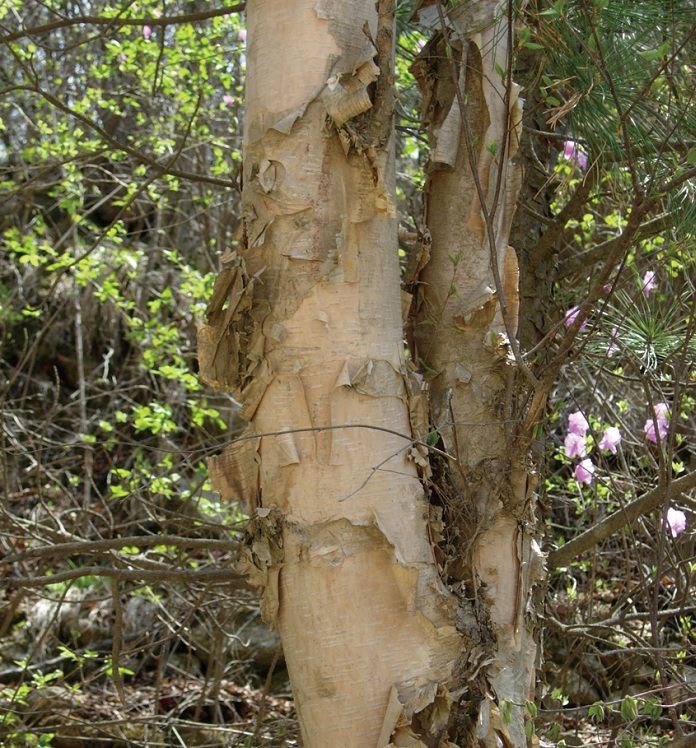
Trees
Name: 거제수나무, Geojesunamu
Scientific name: Betula costata Trautv.
Type: deciduous broadleaf shrub
Blooming season: May to June
Bearing season: September
Distribution: high mountains in mid-northern regions of the peninsula
Many examples of this tree grow around the mid-northern regions of the peninsula, along the Baekdudaegan mountain ridgeline. The tree has an average height of 30 meters and a diameter of about 1 meter. The bark is white or brownish white. It can rub off like paper. The leaves are pointed, alternating, egg-like ovals and get more slender and narrow toward the tip. The leaves are serrated and have hairs along the veins. The flowers are monoecious. The tree bears egg-shaped pine cones.
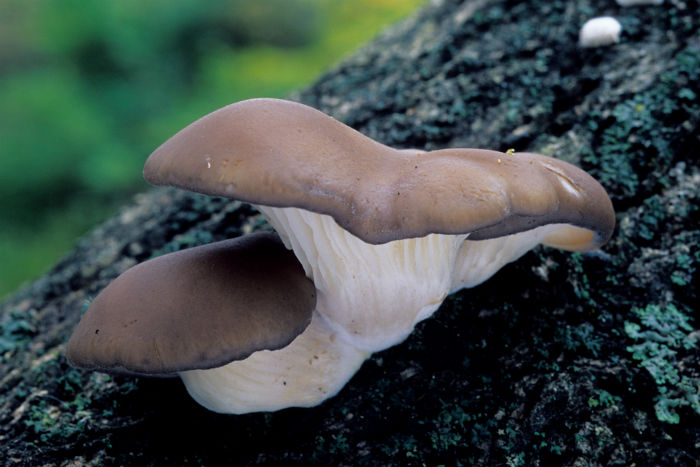
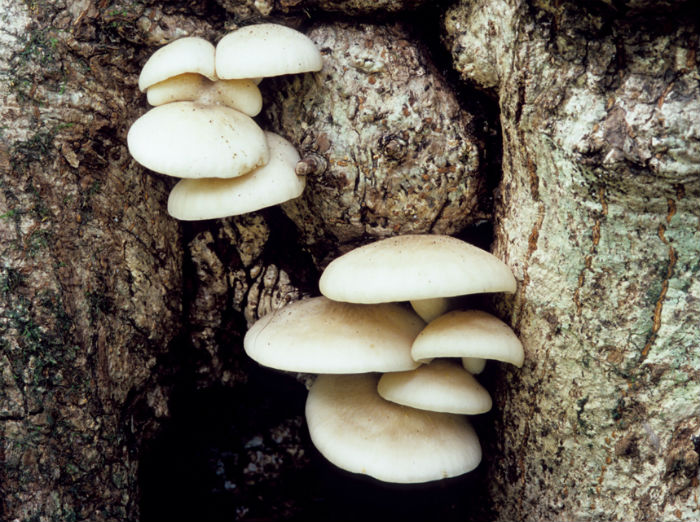
Mushrooms
Name: 느타리, Neutari
Scientific name: Pleurotus ostreatus (Jacq.) P. Kumm.
Type: saprophile spore
Print: white
Edible
This fungus grows in clusters from the stumps of fallen or dead trees, either broadleaf or conifers. The cap is about 5 to 15 centimeters around. It is semi-round at first and with age slowly flattens and widens itself. The surface is flat and moist. Originally being black or grayish green, the fungus turns gray, grayish brown or white. The pleats are densely arranged and range from white to gray. The stipe is 1 to 3 centimeters tall and 1 to 2.5 millimeters around. The base is covered with white hairs.
This mushroom is one of Korean's most typical and favorite types of mushroom.
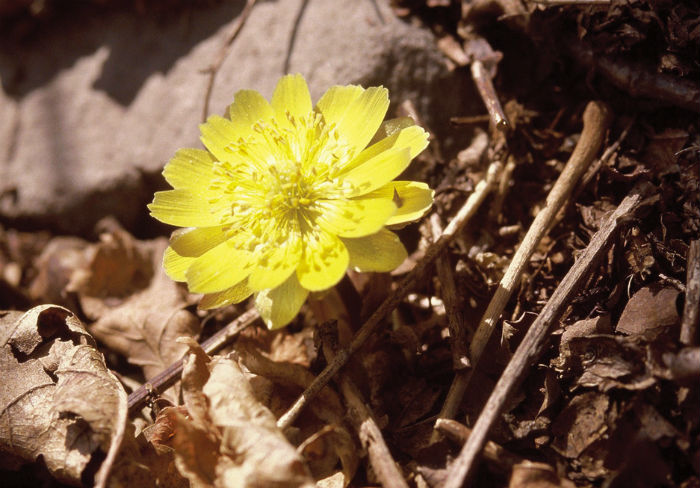
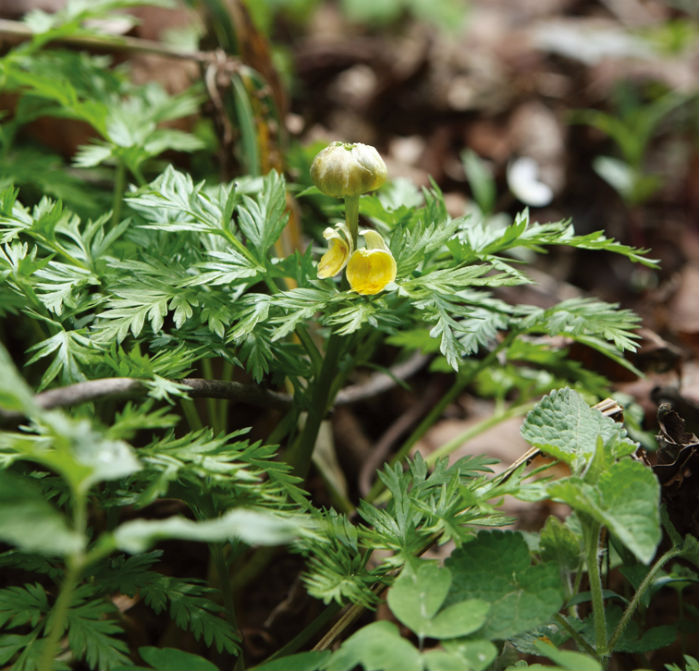
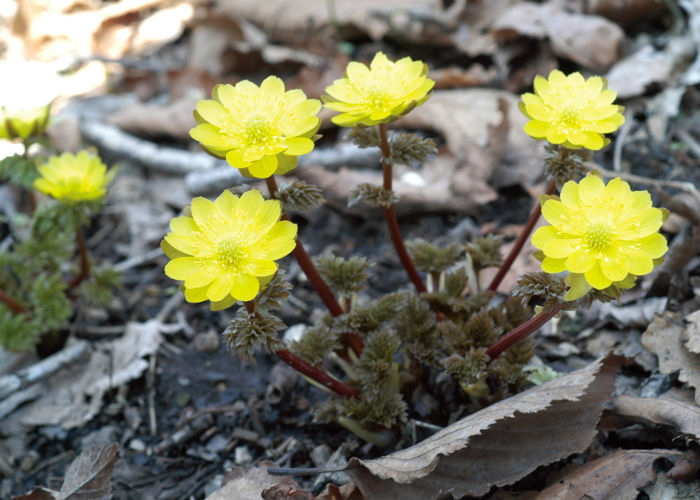
Herbs & Flowers
Name: 복수초, Boksucho
Scientific name: Adonis amurensis Regel & Radde
Bearing season: February to April
Distribution: mountains nationwide
The perennial Adonis flower blooms in the mountains. It grows normally to 10 or 30 centimeters in height. The leaves are alternating, pinnated compound leaves and grow from a long stem. The stipule is green and can be cracked into shorter lengths. The flowers bloom before the leaves grow. The petals are open only during the daytime. The flowers are yellow with an average of 20 to 30 petals each. It bears fruits at the chaff in round clusters.
*This series of article about Korea’s insects, trees, mushrooms and herbs & flowers has been made possible through the cooperation of the Korea National Arboretum.
Korea.net publishes a series of articles, “Nature You Meet in the Mountains,” about the peninsula’s mushrooms, insects, trees and herbs & flowers.

Insects
Name: 베짱이, Bejjangi
Scientific name: Hexacentrus unicolor Serville
Distribution: Korea, Japan
This grasshopper is about 30 to 36 millimeters long. It is light green. The top of the head stands out and gets relatively flatter toward the end. The head and the back are light brown. The front thorax is round and saddle-shaped. The center is light brown and gets wider toward the back. The length of the forewings surpass the tip of the "knuckles" of the hind legs. The central part of the forewings is wide, while it gets more slender, yet round, toward the end. The tympanal organs are large and brown. The resonator is round and light brown. The supercilium, a part of an insect roughly equivalent to a human's eyebrow, is short, bold and bends inward, getting more slender as it goes. The ovipositor is longer than the length of the head and the frontal thorax combined. In all, this grasshopper is straightforward and shaped like a sword.
Ecology: It can normally be observed in fields and grass. Adults appear between September and October. They are nocturnal carnivores, preying on other insects.



Trees
Name: 거제수나무, Geojesunamu
Scientific name: Betula costata Trautv.
Type: deciduous broadleaf shrub
Blooming season: May to June
Bearing season: September
Distribution: high mountains in mid-northern regions of the peninsula
Many examples of this tree grow around the mid-northern regions of the peninsula, along the Baekdudaegan mountain ridgeline. The tree has an average height of 30 meters and a diameter of about 1 meter. The bark is white or brownish white. It can rub off like paper. The leaves are pointed, alternating, egg-like ovals and get more slender and narrow toward the tip. The leaves are serrated and have hairs along the veins. The flowers are monoecious. The tree bears egg-shaped pine cones.


Mushrooms
Name: 느타리, Neutari
Scientific name: Pleurotus ostreatus (Jacq.) P. Kumm.
Type: saprophile spore
Print: white
Edible
This fungus grows in clusters from the stumps of fallen or dead trees, either broadleaf or conifers. The cap is about 5 to 15 centimeters around. It is semi-round at first and with age slowly flattens and widens itself. The surface is flat and moist. Originally being black or grayish green, the fungus turns gray, grayish brown or white. The pleats are densely arranged and range from white to gray. The stipe is 1 to 3 centimeters tall and 1 to 2.5 millimeters around. The base is covered with white hairs.
This mushroom is one of Korean's most typical and favorite types of mushroom.



Herbs & Flowers
Name: 복수초, Boksucho
Scientific name: Adonis amurensis Regel & Radde
Bearing season: February to April
Distribution: mountains nationwide
The perennial Adonis flower blooms in the mountains. It grows normally to 10 or 30 centimeters in height. The leaves are alternating, pinnated compound leaves and grow from a long stem. The stipule is green and can be cracked into shorter lengths. The flowers bloom before the leaves grow. The petals are open only during the daytime. The flowers are yellow with an average of 20 to 30 petals each. It bears fruits at the chaff in round clusters.
*This series of article about Korea’s insects, trees, mushrooms and herbs & flowers has been made possible through the cooperation of the Korea National Arboretum.
